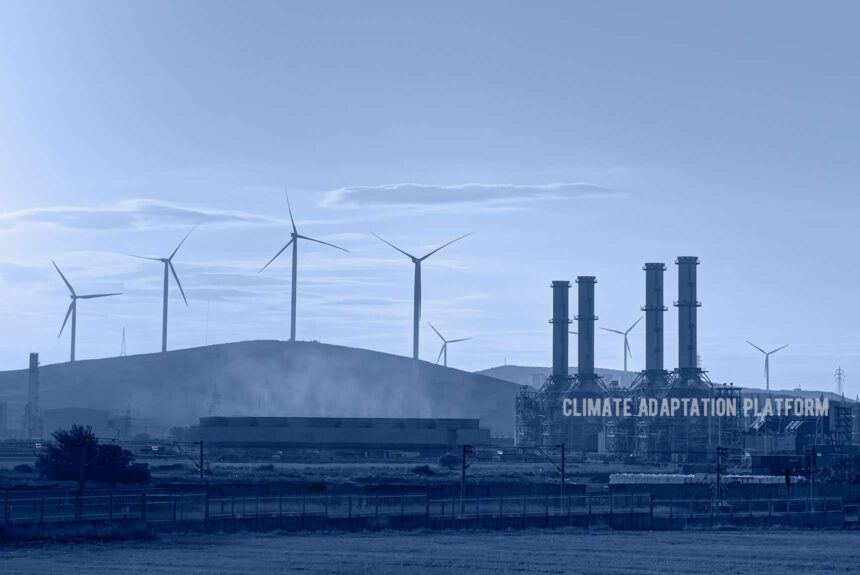An Australian Energy Operator announced in August 2022 that there would be an electricity shortage in the next three years. The Australian Energy Market Operator (AEMO) revealed in its latest outlook an electricity gap that will affect New South Wales from 2025, Victoria, Queensland, and South Australia by the end of the decade.
According to AEMOs latest 10-year outlook, the proposed closure of Australia’s single largest power station, Origin’s Eraring Power Station.
The planned closure of the 2.8 GW black coal plant in 2025, seven years ahead of schedule, is part of the company’s move to transition towards net-zero emissions. To replace the plant’s capacity, the company plans to build a 700 MW battery at the site (Origin Energy, 2022).
AEMO urges the government to rapidly build a new generation capacity to fill the expected electricity gap and offset demands by 2025.
AEMO chief executive Daniel Westerman said that unless replacement capacity could be built in time, demand was forecast to periodically outstrip supply by 2025.
“Without further investments, this will reduce generation supply and challenge the transmission network’s capability to meet reliability standards and power system security needs” (Mercer, 2022).
The country ran into a power crisis earlier this year, starting mid-May and lasting up to June.
Reuter’s article “Australian power crisis eases as coal-fired plants crank up” reports that Australia’s populated east faced a power squeeze when 25% of the market’s 23,000 MW of coal-fired capacity went offline for maintenance or unplanned outages exacerbated by coal supply disruptions and soaring global coal and gas prices.
Coal power plants are also becoming less reliable due to age, heat stress, and coal supply pressures.
To fill the electricity gap, AEMO called for the governments and industries to rapidly build new renewable energy projects with a combined capacity of 3.4 GW or enough to power more than two million homes is crucial to keep the lights on.
The factors that combined to cause Australia’s energy crisis also opens opportunities to grow renewable energy capacity in the country.
According to the Conversation article, “Good news – there’s a clean energy gold rush underway. We’ll need it to tackle energy price turbulence and coal’s exodus” a ‘clean energy gold rush’ is underway for the country, supported by “legislated emissions target and a strong engagement between state and federal energy ministers” which can boost investor confidence to invest in clean energy generation and storage.
A massive market opportunity awaits investors and clean energy developers to build renewable energy projects that will deliver a total of 50 GW of capacity to hit the country’s renewable target of 82% by 2030 to meet grid demand and electrify everything from homes to roads.
Despite the massive clean energy target, AEMO conservatively expects a tiny fraction of the target of 7.3 GW to be built by the end of 2027.
The article says solar, and wind farms are simpler to build and quicker to scale, unlike coal-fired plants.
Meeting these renewable energy capacity targets will entail rapid construction of solar panels and wind farms built in renewable energy zones like New England and the central west of New South Wales, where sun and wind resources are abundant.
Huge capital will flow into grid-scale batteries and transmission lines to move electricity. Most of this investment will happen in Australia’s coal regions like Victoria’s Gippsland and the Hunter Valley in NSW and in old coal stations to take advantage of their strong grid connections.
The article notes, “The increasing value to the grid of storage is driving major investments like the plans for A$1 billion of new grid-scale batteries recently announced by US investment giant Blackrock, as well as AGL’s A$763 million plan to build batteries next to the decommissioned Liddell coal power plant.”
Lastly, there will be opportunities to unlock the value of flexibility in energy demands to match the variability of renewable generation.
Consumers will see price incentives for using power when renewable generation is at its highest, thus cheapest, and financial incentives to turn off some energy-hungry appliances at peak hours with the help of automation functions.
The success of this scheme will largely depend on how people are willing to change behaviour and established habits, the article notes.
Sources:
Sturmberg, B. (2022, September 2). Good news – there’s a clean energy gold rush under way. We’ll need it to tackle energy price turbulence and coal’s exodus. The Conversation. Retrieved from https://theconversation.com/good-news-theres-a-clean-energy-gold-rush-under-way-well-need-it-to-tackle-energy-price-turbulence-and-coals-exodus-188804
Mercer, D. (2022, August 31). AEMO warns of power ‘gaps’ in Australia’s biggest grid within three years as coal exodus gathers pace. ABC. Retrieved from https://www.abc.net.au/news/2022-08-31/power-supplies-in-australias-biggest-grid-to-run-short-by-2025/101389018
Origin Energy intends to shut 2.8GW coal-fired plant by 2025. (2022 February 17). Power Technology. Retrieved from https://www.power-technology.com/news/origin-energy-coal-plant/
Paul, S. (2022, June 17). Explainer: How top coal, LNG exporter Australia ran into a power crisis. Reuters. Retrieved from https://www.reuters.com/business/energy/how-worlds-top-coal-lng-exporter-ran-into-power-crisis-2022-06-16/



Leave a Reply